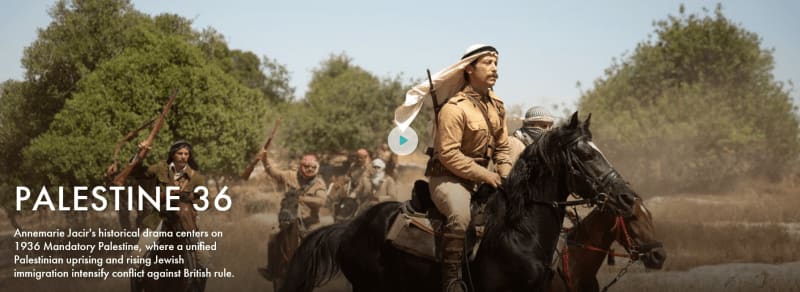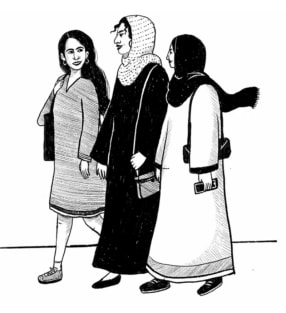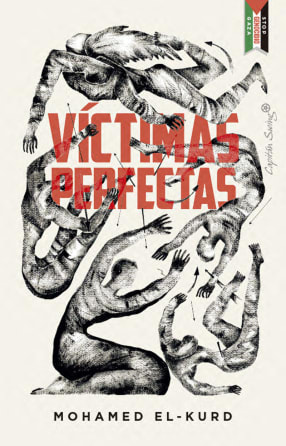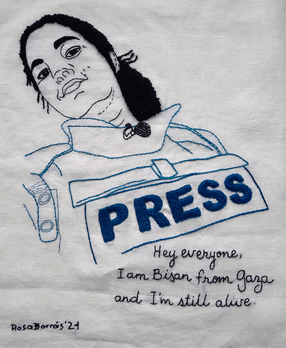"Palestine 36". Film. Pelicula. Directed by Annemarie Jacir ENG ESP

ENGLISH
31 Oct 2025
"Palestine 36" https://www.middleeasteye.net/discover/palestine-36-masterpiece-1936-arab-revolt - an indie movie released by Curzon Film- a breath of fresh air.
This film is about history, not fantasy, and it explicitly and fearlessly addresses that most politically incorrect of topics: Palestine.
Directed by Palestinian filmmaker Annemarie Jacir.
It should arguably have been Britain's, since it is a film about both British and Palestinian history.
A modern-day Battle of Algiers
The film focuses on the Palestinian revolt in the 1930s against the British Mandate, a rebellion that began peacefully but escalated into violence in response to intensifying British repression.
Amid the destruction of Gaza and settlement expansion in the occupied West Bank, it is a tale for our times.
It may not surprise Palestinians, but the film is bound to shock nearly every Briton who watches it, owing to the stunning omissions from this period in the country's history curriculum.
The film details the crimes and duplicity of British officials in Palestine in the 1930s.
It also explores what drove many Palestinians to violent resistance.
British soldiers are shown killing innocent people and burning entire villages. Palestinian rebels are seen shooting British soldiers. A protagonist is gunned down by soldiers, but not before throwing a grenade that will blow them all up.
In one of the film's final scenes, a young boy who has seen his family killed pulls a gun on a British soldier and shoots him dead in revenge.
At times, Palestine 36 bears resemblance to The Battle of Algiers, the legendary 1966 film about the war of independence against French rule in Algeria, which likewise coolly depicted both colonial and anti-colonial violence without sugar-coating the brutality.
Much of Palestine 36 was filmed in the occupied West Bank itself. The visuals are stunning, particularly the sweeping shots of rebels in keffiyehs galloping with their guns on horseback across the countryside.
Colourised archival footage of the period appears throughout the film, lending it an added feel of authenticity.
The British Mandate
By 1936, Palestine had been under British colonial mandate for nearly 20 years. Between 1922 and 1940, as a result of Jewish migration out of Europe, the Jewish population in Palestine grew more than fivefold to over 467,000, around one third of the total population.
Jewish land ownership more than doubled from 60,100 to 155,200 hectares. The period saw the British facilitating land grabs and evicting entire villages.
In April 1936, the Arab National Committee in Nablus announced a general strike against mandatory rule. It was brutally suppressed by British forces.
This led to what is commonly known as the Arab revolt from 1936 to 1939, a period of armed resistance that saw the British declare martial law in Palestine.
The film stars multiple well-known actors, including Jeremy Irons as the British high commissioner, Liam Cunningham as another British official and Succession's Hiam Abbass as a Palestinian villager turned rebel.
1936- As villages across Mandatory Palestine rise against British colonial rule, Yusuf drifts between his rural home and the restless energy of Jerusalem, longing for a future beyond the growing unrest. But history is relentless. With rising numbers of Jewish immigrants escaping antisemitism in Europe, and the Palestinian population uniting in the largest and longest uprising against Britain’s 30-year dominion, all sides spiral towards inevitable collision in a decisive moment for the British Empire and the future of the entire region.
ESPAÑOL

'Palestina, la existencia negada' Ensayo. Teresa Araguren
Publicado hace 5 días.
Rama Duwaji. Syriam cartoonists. Dibujante siria. ENG ESP
Publicado hace 8 días.
"Víctimas perfectas". Ensayo. Mohamed El-Kurd
Publicado hace 12 días.
Gaza 'scholasticide'. "Escolicidio" en Gaza ENG ESP
Publicado el 27 de octubre.
Videos “It’s Bisan from Gaza and I’m Still Alive”. "Soy Bisan, desde Gaza, y sigo viva". ENG ESP
Publicado el 21 de octubre.
Pictures. C-section post-morten: Israel murdered his mother, father and three brothers. Fotografías. Cesárea postmorten: Israel asesinó a su madres, su padre y sus tres hermanos. ENG ESP
Publicado el 20 de octubre.
2 Nov 2025. Balfour Declaration. Cinema Day. Día de cine palestino, 2 nov 2025. ENG ESP
Publicado el 14 de octubre.Ver más / See more


